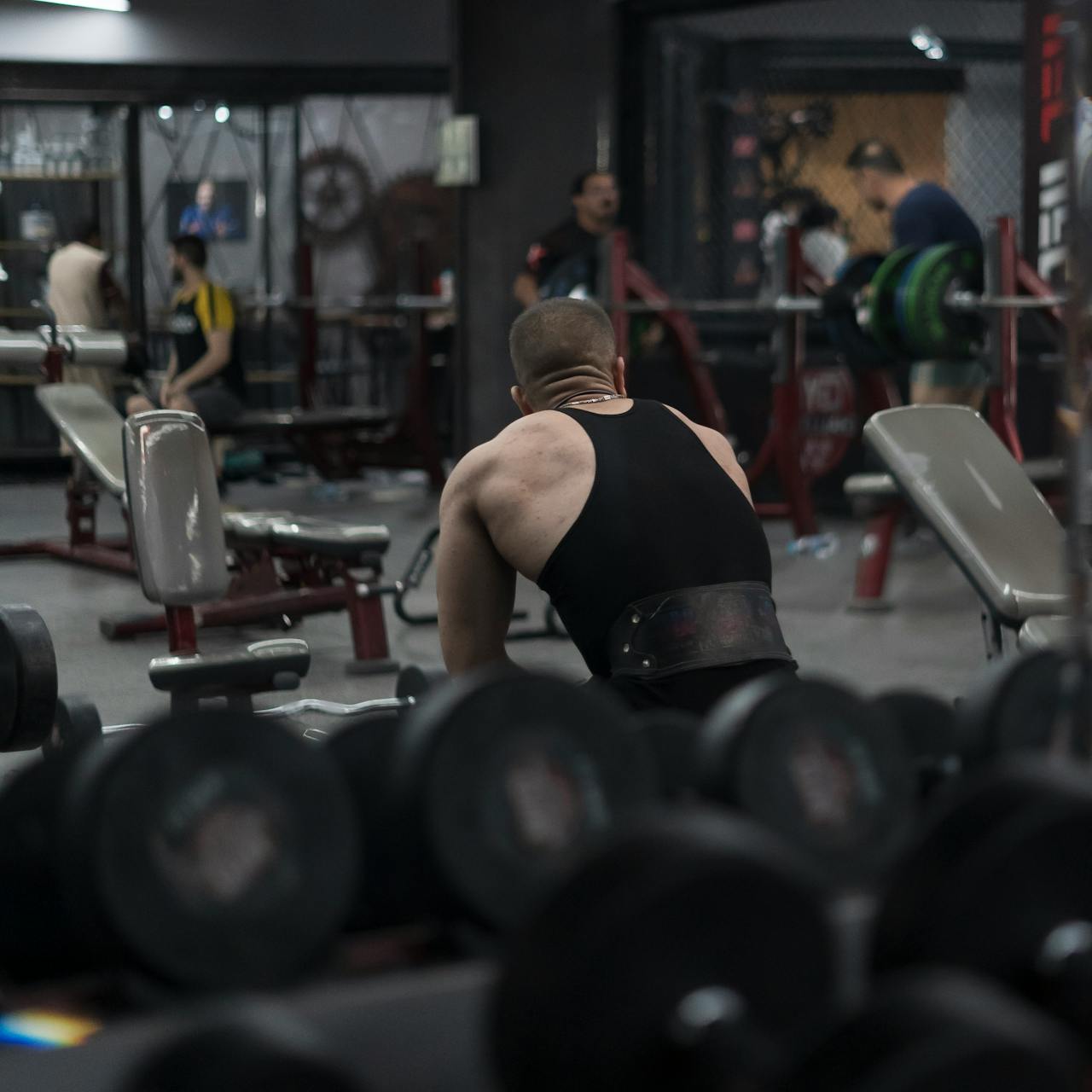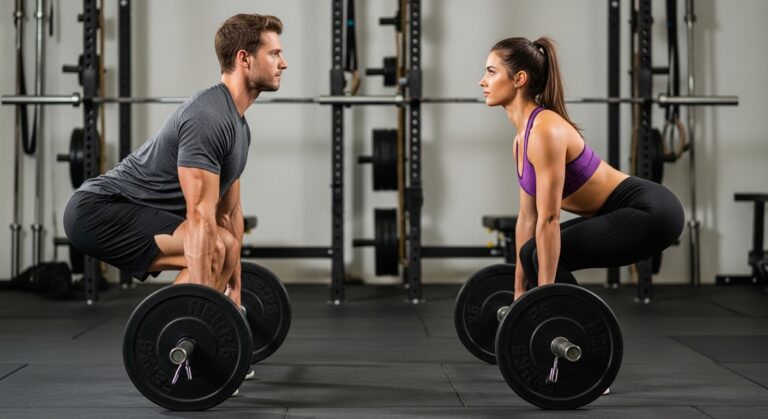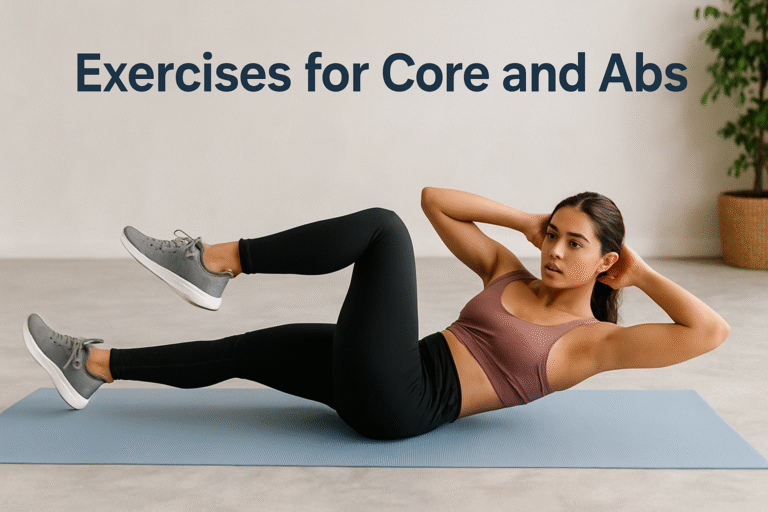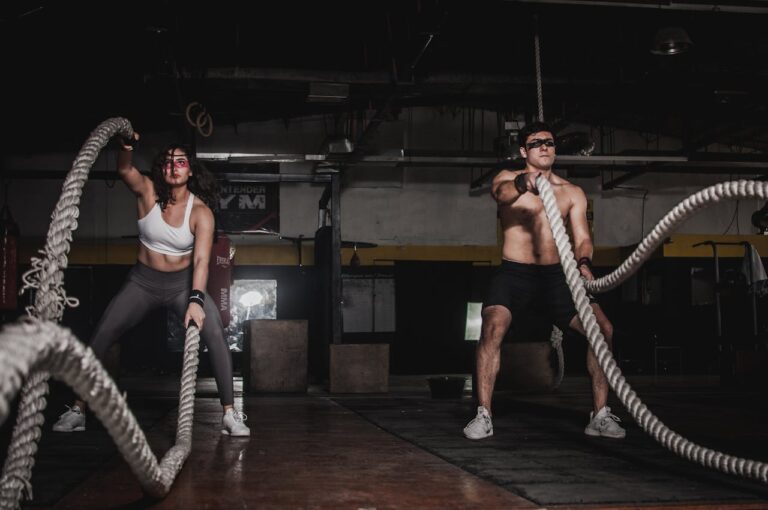What is the Big 3 in Fitness Over Forty?
If you’re into strength training or powerlifting, you’ve probably heard of “The Big 3“—the three foundational lifts that build raw strength and muscle. But what exactly are these exercises, and why are they so important?
In this post, we’ll break down what is the Big 3 in fitness, why they’re essential for strength gains, and how to perform them correctly for maximum results.
Table of Contents
What is the Big 3 in Fitness?
What is the big 3 in fitness refers to the three most fundamental compound lifts in strength training:
- Squat
- Bench Press
- Deadlift
These exercises are the cornerstone of powerlifting and are widely regarded as the best movements for building total-body strength, muscle mass, and functional power.
Why Are the Big 3 Lifts So Important?
1. Full-Body Strength Development
Each of the Big 3 lifts engages multiple muscle groups simultaneously, making them highly efficient for strength and hypertrophy.
- Squat: Targets quads, hamstrings, glutes, core, and lower back.
- Bench Press: Works the chest, shoulders, triceps, and upper back.
- Deadlift: Engages the entire posterior chain (hamstrings, glutes, lower back, traps, and grip strength).
2. Functional Strength for Real-Life Movements
The Big 3 mimic natural human movements like lifting heavy objects (deadlift), standing up from a seated position (squat), and pushing things away (bench press).
3. Increased Hormonal Response
Heavy compound lifts like the Big 3 stimulate the release of testosterone and growth hormone, which are crucial for muscle growth and recovery.
4. Measure of True Strength
In powerlifting competitions, athletes are judged based on their 1-rep max (1RM) in the squat, bench press, and deadlift—making these lifts the ultimate test of raw strength.
How to Perform the Big 3 Lifts with Proper Form
1. The Squat
Muscles Worked: Quads, hamstrings, glutes, core, lower back.
How to Do It:
- Stand with feet shoulder-width apart, barbell on your upper back.
- Keep your chest up, core tight, and descend by bending your knees and hips.
- Lower until your thighs are parallel to the ground (or deeper if mobility allows).
- Drive through your heels to stand back up.
Common Mistakes:
- Knees caving inward
- Leaning too far forward
- Not hitting proper depth
2. The Bench Press
Muscles Worked: Chest, shoulders, triceps, upper back.
How to Do It:
- Lie on a bench with feet flat on the ground.
- Grip the barbell slightly wider than shoulder-width.
- Lower the bar to your mid-chest, keeping elbows at a 75-degree angle.
- Press the bar up explosively without arching your back excessively.
Common Mistakes:
- Bouncing the bar off the chest
- Flaring elbows out too much
- Lifting feet off the ground
3. The Deadlift
Muscles Worked: Hamstrings, glutes, lower back, traps, grip.
How to Do It:
- Stand with feet hip-width apart, barbell over mid-foot.
- Bend at the hips and knees, grip the bar just outside your legs.
- Keep your back straight, chest up, and drive through your heels to stand.
- Lock out at the top, then lower the bar with control.
Common Mistakes:
- Rounding the lower back
- Pulling with the arms instead of the legs
- Hyperextending at the top
How to Incorporate the Big 3 into Your Workout Routine
To maximize strength gains, follow these programming tips:
- Frequency: Train each lift 1-2 times per week.
- Rep Ranges:
- Strength focus: 3-5 reps, 3-5 sets (heavy weight)
- Hypertrophy focus: 6-12 reps, 3-4 sets (moderate weight)
- Progressive Overload: Gradually increase weight or reps over time.
- Accessory Work: Add exercises like rows, pull-ups, and overhead presses to balance muscle development.
Final Thoughts: The Big 3 for Ultimate Strength
The Big 3 in fitness—squat, bench press, and deadlift—are the gold standard for building strength, muscle, and athletic performance. Whether you’re a powerlifter, bodybuilder, or just looking to get stronger, mastering these lifts should be a top priority.
Want to take your strength to the next level? Start incorporating the Big 3 into your routine and track your progress over time.
Liked this guide? Share it with your gym buddies and start dominating the Big 3! 💪
By optimizing your training around these foundational lifts, you’ll build serious strength and take your fitness to new heights.
FAQs about What is the big 3 in fitness.
What is the big 3 in fitness?
The big 3 in fitness are Squat, Bench press and Deadlift.
Can beginners do the Big 3 lifts?
Absolutely! Start with lighter weights and focus on perfecting form before going heavy.
How often should I train the Big 3?
1-2 times per week per lift is ideal for most lifters to allow proper recovery.
Are the Big 3 enough for muscle growth?
They’re great for overall strength, but adding accessory movements (like rows and dips) ensures balanced development.







